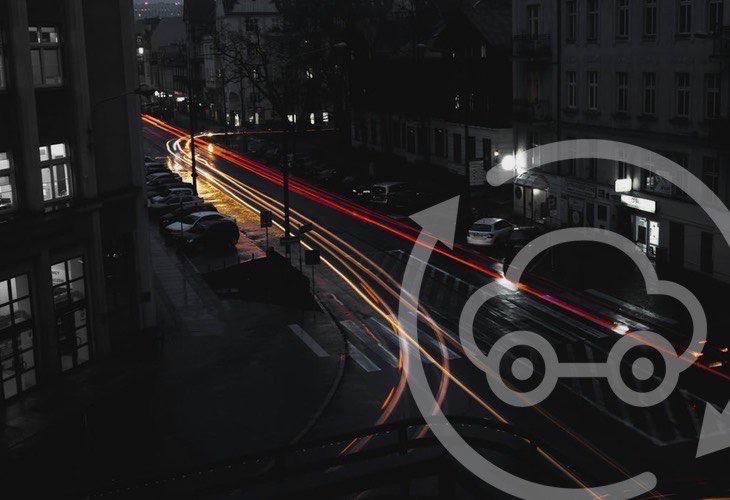If you're planning to rent a car in Serbia and explore the diverse landscapes and rich history, it's crucial to understand the toll road system and other transportation options.
Quality of Roads in Serbia
Serbia has made significant improvements in its road infrastructure over the years. Major highways and regional roads are generally in good condition, with some occasional rough patches on smaller local roads. There is no vignette system in Serbia; instead, the country operates a toll road system. Toll fees vary based on the vehicle category and the distance traveled.
Toll Roads and Fees in Serbia
The main toll roads in Serbia are the E70 and E75 highways, which are part of the Corridor 10 network connecting Central Europe with the Balkans and the Middle East. The E70 and E75 highways are in excellent condition, and it's worth using them for faster and more convenient travel. Here are some key details about these highways:
- E70: This highway connects the Croatian border (Batrovci) to Belgrade and continues to the Romanian border (Vatin). The total toll fee for a passenger car is approximately 740 RSD (6.30 EUR).
- E75: This highway runs from the Hungarian border (Horgoš) to the North Macedonian border (Preševo). The total toll fee for a passenger car is around 1,280 RSD (10.90 EUR).
Toll fees can be paid in Serbian dinars, euros, or by credit card at the toll booths. You can also use an electronic toll collection (ETC) device, which is called "E-GO" in Serbia. You can purchase and top-up E-GO cards at various points of sale, including petrol stations and post offices.






